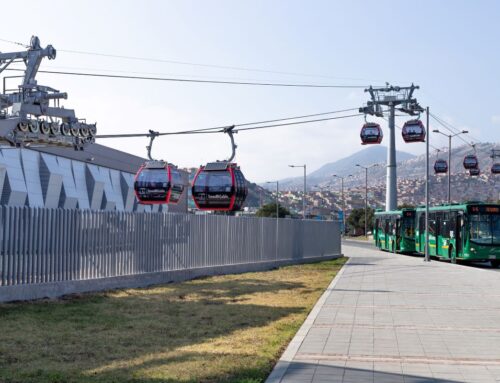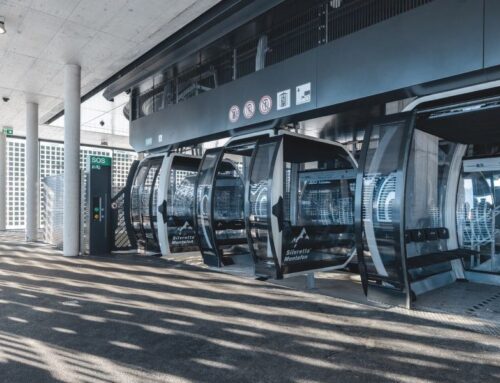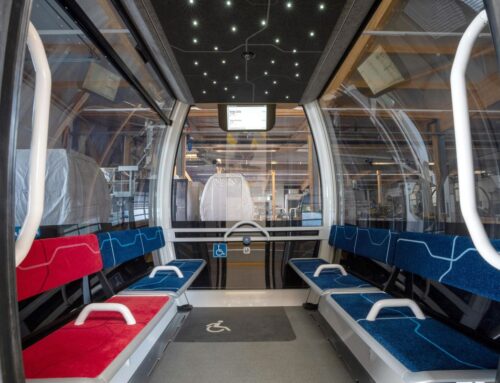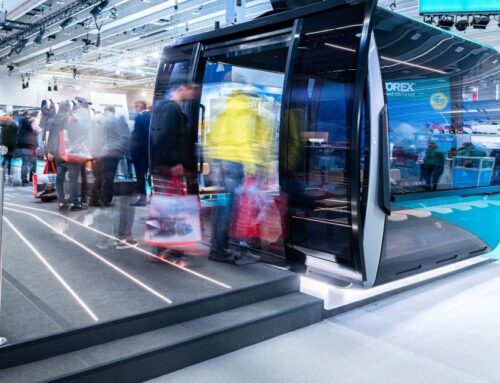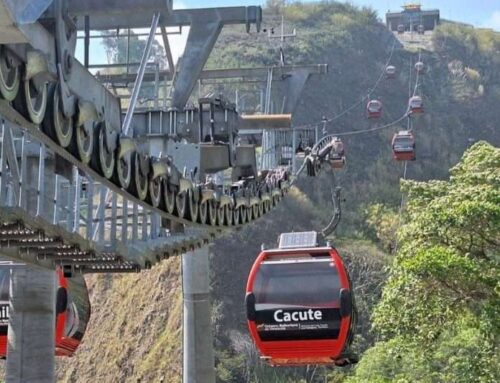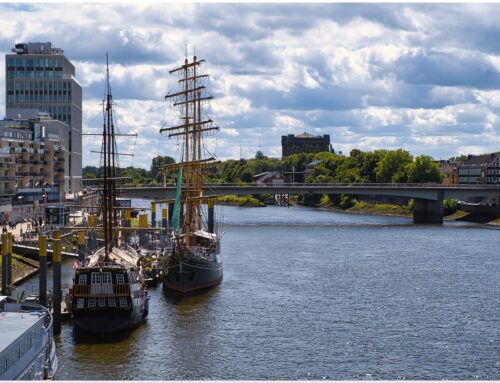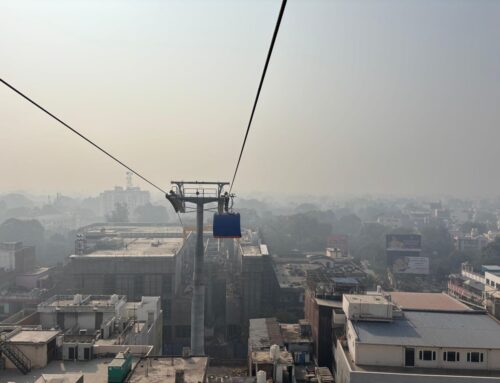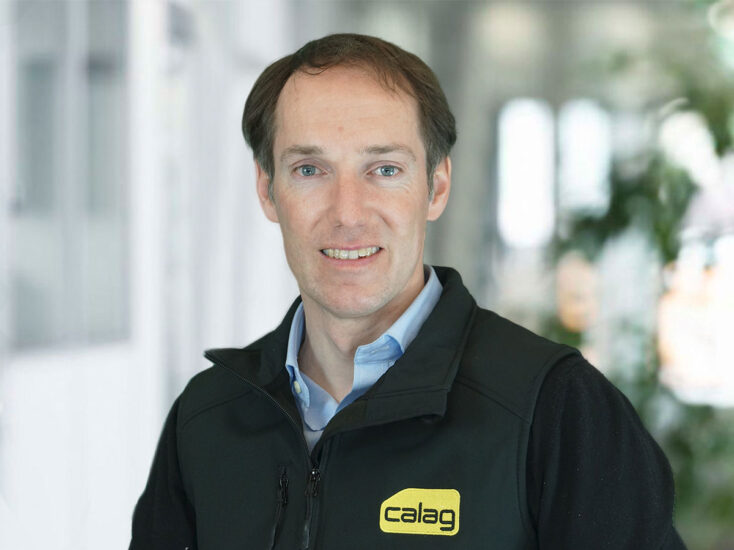
Cable Car Radio, Cities, Tourism
Urban Cable Car by Request
What were the most recent urban projects you’ve realized?
In April 2024, the new urban and tourist cable car in the city of Huy, Belgium, was opened. On behalf of the French cable car manufacturer MND Ropeways, Calag Gangloff built two new cabins. They have a modern look with a very clear design, reminiscent of the historic cabins of the Huy cable car.
Another project was in Lisbon, the Funicular da Graça, an inclined lift, where the cabin, made by Calag Gangloff, is visually inspired by the historic cable cars of Lisbon.
These were very special projects because they focused heavily on appearance. There were already historical reference points, where the customer insisted that a distinctive feature must be present.
Are these cable cars integrated into the public transport fare system?
In Belgium, it is clearly a separate system. It is operated by the city and only functions during the summer months, from March to October. The primary target audience there is tourists, as it is not suitable for public transport. In Lisbon, it is also mainly for tourist traffic, but it is integrated into the fare system.
New cabins for the urban cable car in Belgium.
They have a modern look with a design reminiscent of the historic cabins of the Huy cable car.
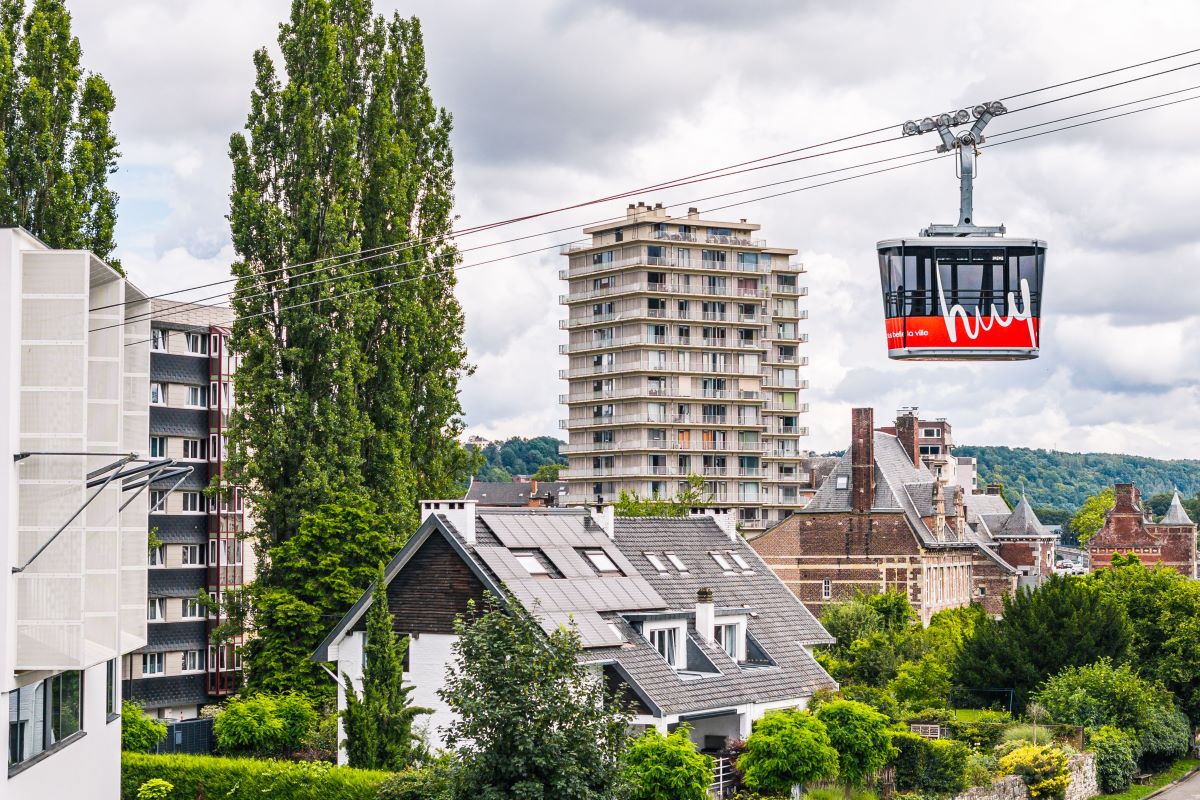
You mentioned the design of your cabins. What makes the design of your cabins unique, and what added value do you offer your customers?
The customer can truly draw from the entire portfolio of options. We are also currently discussing asymmetric cabins. We’ve already shaped the fronts on all sides.
There are many design elements where the customer can say, “I have an idea I want to realize.” And most of these are actually feasible.
There are only a few things that are not possible with today’s materials and manufacturing methods.
A big topic here is accessibility. Is it implemented in all your products?
Accessibility is tailored to the specific country in which the products are used. We take all relevant standards into account and ensure they are met. Nowadays, accessibility is automatically integrated into the project design.
Calag Carrosserie Langenthal AG
is a Swiss company which, since its foundation in 1888, has become one of Switzerland’s leading suppliers in the field of vehicle construction and bodywork. A competent team offers proven Swiss quality in the areas of cabin construction, repairs and service, painting as well as graphics and labelling.
In April 2018, Calag took over the global activities of Gangloff Cabins in the design and construction of coaches for funiculars, cabins for aerial tramways, cabins for amusement rides (such as Ferris wheels) and special cabins of all kinds.
You mainly build aerial tramway cabins. Where do you see the use of aerial tramways in an urban context?
In 2023, the Transport Association Rhein-Neckar held a conference in Mannheim – a very interesting event. During this event, a planning study was presented, which focused on a two-and-a-half-kilometer circulating cable car with several stations.
It was shown that at the end of this line, an aerial tramway could be a sensible addition to allow for further travel in two directions without creating excessive capacity.
With a circulating cable car, for example, two branches could be served, with one branch potentially having higher demand than the other. This means that on one axis, a cabin for about 30 people could be used, while on the other axis, larger cabins with 50 or 60 seats could be deployed.
An aerial tramway would allow a more flexible adjustment of capacity – exactly where it’s needed. And ultimately, it’s always a matter of cost.
What are the development potentials for urban cable cars in Switzerland?
In Switzerland, the topic of urban cable cars is a bit challenging. There are approaches, ideas, and really exciting projects, but there are also significant resistances.
The opposition from the population, especially from the residents, is unfortunately so strong that the legal framework would need to be changed. Essentially, it would require enforcement, as otherwise, it is simply blocked by objections.
However, there are smaller systems, such as inclined lifts, that are being discussed – innovative transport solutions, particularly in regions with cities that have significant elevation differences. And this is truly something I see being realized in the future.
Calag's team offers custom-made cabins.
Clients can come with a specific idea, and it will be realized.
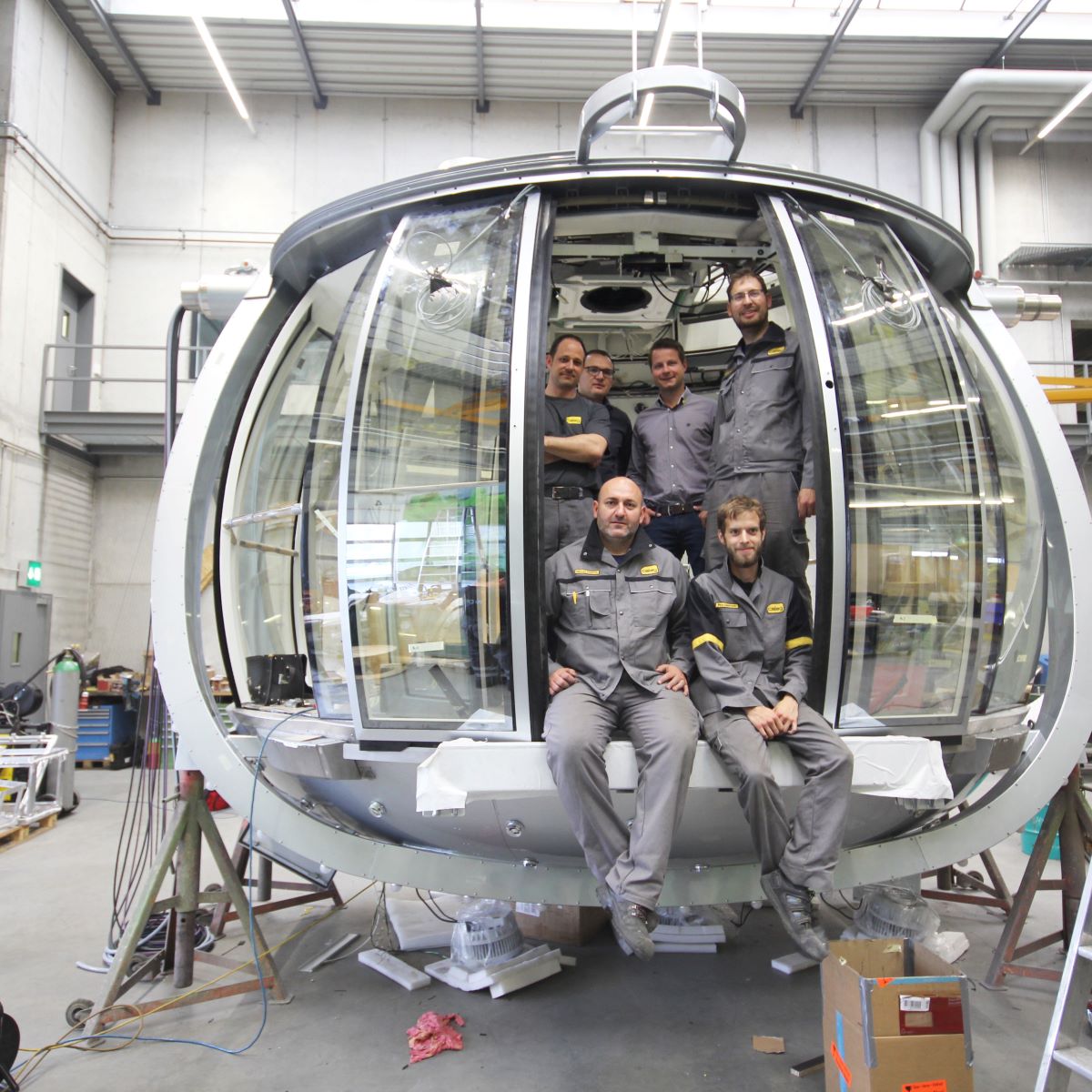
Where do you see further development opportunities for you in the field of urban transport?
I think the biggest challenge for us right now is simply finding the skilled workers who can manufacture the cabins. I see this as the biggest challenge. There is a lot of talk about urban cable cars in the market, and I hope that when the projects come, we’ll be ready with the necessary personnel.
I am excited about every project that is currently under discussion. It is exciting that many municipalities and cities are now becoming aware that cable cars can create real added value for the city.
I also always say that the commuters who use these cable cars are not the only target group. With a well-designed cabin, other groups can also be addressed – for example, tourists from near and far.
They’re not traveling to work at 8 AM or going home at 6 PM, but maybe after breakfast at the hotel, they’ll say, “I’d like to get a view of the city now.” A city might also have the idea of positioning a cable car tower deliberately higher to offer tourists a special view.
Not many projects are being built, though
I think this is not something that causes significant additional costs. If marketed correctly, it can be an added value that also generates revenue and simultaneously serves as a form of advertising for the city.
Especially when integrated into the overall concept with the design cabins, the towers, and the stations. I already see that the architects and planners responsible for the construction of the stations and cabins are quite advanced. What’s simply missing is the legal framework to plan and finance such projects.
Interview: Gerald Pichlmair
Note: This is an edited transcript from the German podcast „Cable Car Radio“.
